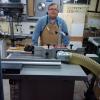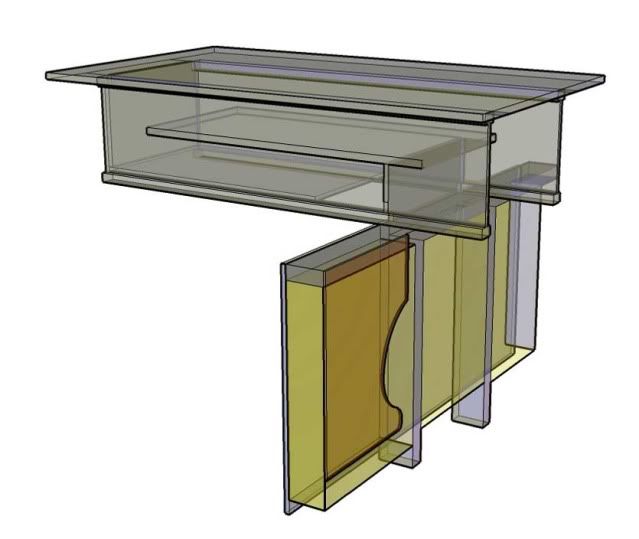My first Oneida was also the circa-2000 1.5hp cyclone (silver) and it's still in reliable service at a friend's shop. I had to upgrade when I bought my J/P combo and that was a very nice 2hp unit, which is MUCH more powerful than the original one, that I actually picked up at the Oneida factory in up-state NY.
While I personally prefer a duct system with the unit in a sound absorbent closet like I have here, I see nothing wrong with the idea of making your unit portable if you can insure that it's stable for safety and can deal with what is likely using the smaller 35 gallon bin due to headroom needs to move it around. What works for you in your shop and with your work habits is the right choice!
--
The most expensive tool is the one you buy "cheaply" and often...
).






 Reply With Quote
Reply With Quote



